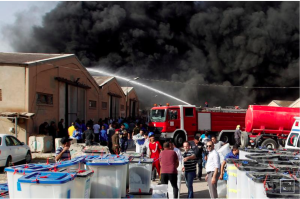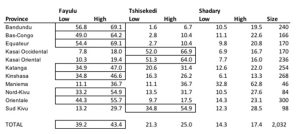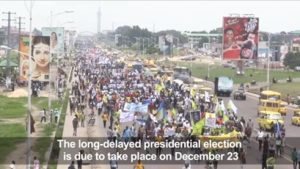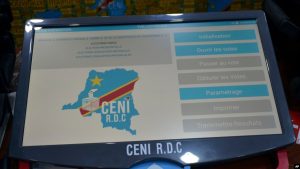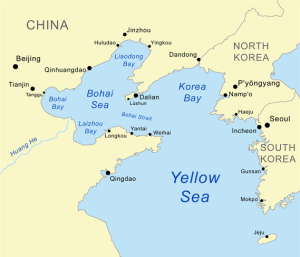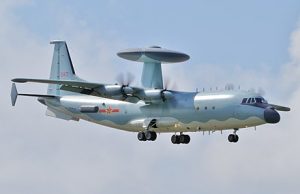China’s Belt and Road strategy for the Asia-Pacific Ep. 2-1
Sinocentrism refers to the national thought of China. It refers to the belief that China is the center of the world and that everything revolves around it and spreads around the world.
And now, China is using a strategy called the “Belt and Road Initiative(BRI)” to continue to expand their diplomatic influence.
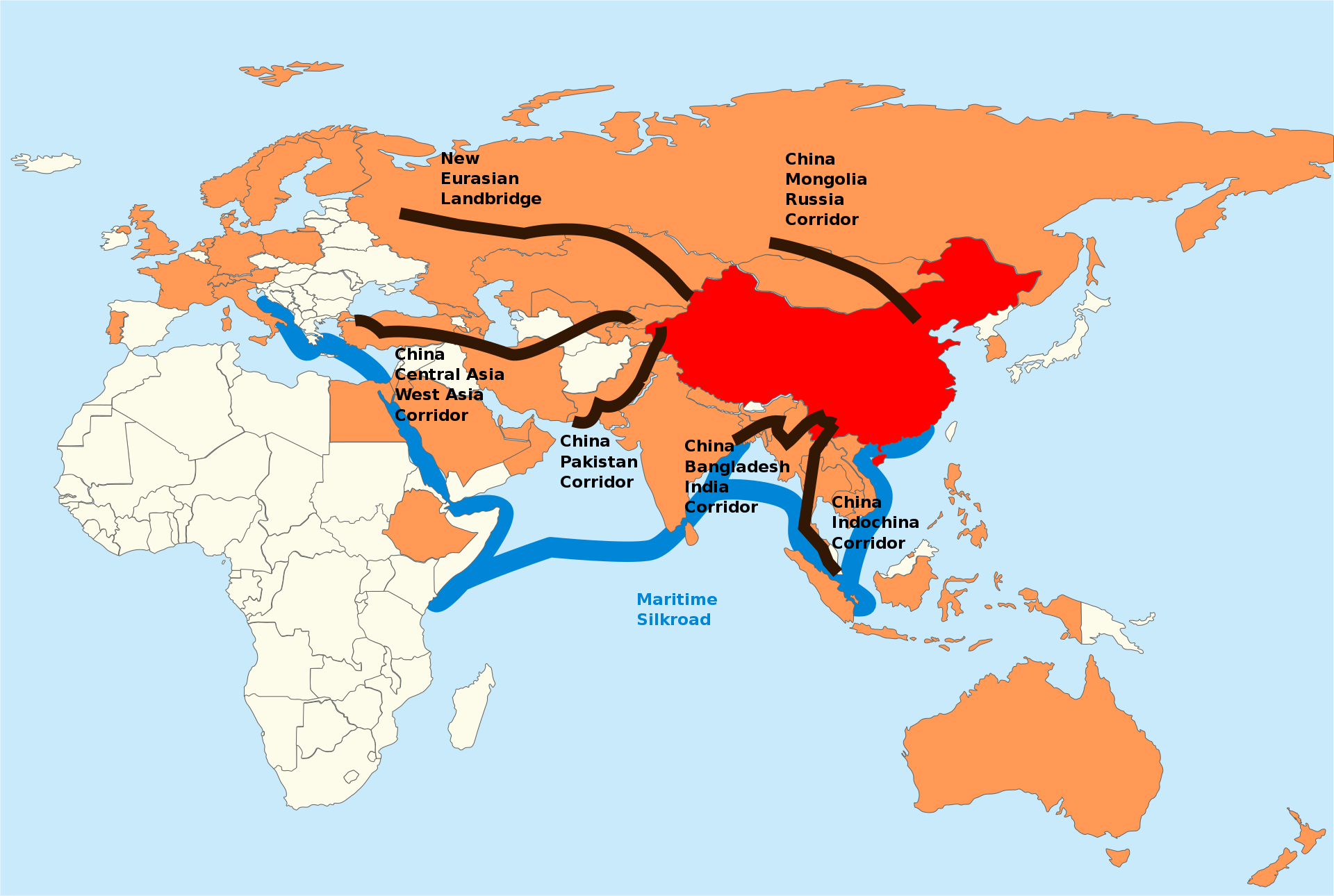
[Fig. 1] China’s Belt and Road Initiative
(https://en.wikipedia.org/wiki/Belt_and_Road_Initiative)
The Scale of Belt and Road Initiative
It looks like an economic belt of infrastructure, trade, finance, and cultural exchange connecting Southeast Asia, Central Asia, West Asia, Africa, and Europe by land, sea, and air, covering 62 countries. And this project will take 150 years to complete.
Chinese Military strategic intentions
It’s a sophisticated strategy to avoid the energy disruption. Such as war, the U.S. naval blockade of the Strait of Malacca. These waters are critical to the logistics of the global economy, and 90% of the oil that enters Northeast Asia from the Middle East, including China, South Korea, and Japan, must pass through them. (Of course, China is working on canal projects with many other countries in case of contingencies.)
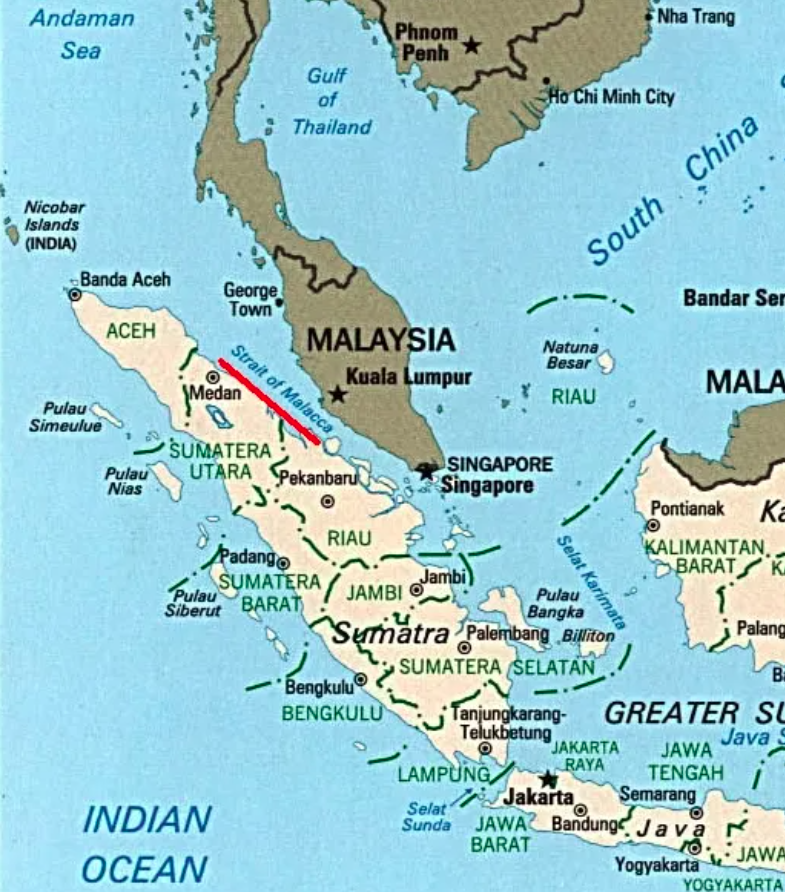
[Fig. 2] Strait of Malacca
Therefore, we can see that this strategy also includes military intent. China has already begun to build and even use maritime bases in countries bordering the Indian Ocean, such as Pakistan and Sri Lanka, and inland, it is building a high-speed rail network that begins in China through economic cooperation with neighboring countries.
The countries participating in the BRI are mostly in the third world. And it includes countries that don’t have good diplomatic relations with the United States.
In other words, China wants to put them on the opposite side of the U.S.. At the same time China makes them part of China’s sphere of influence.
